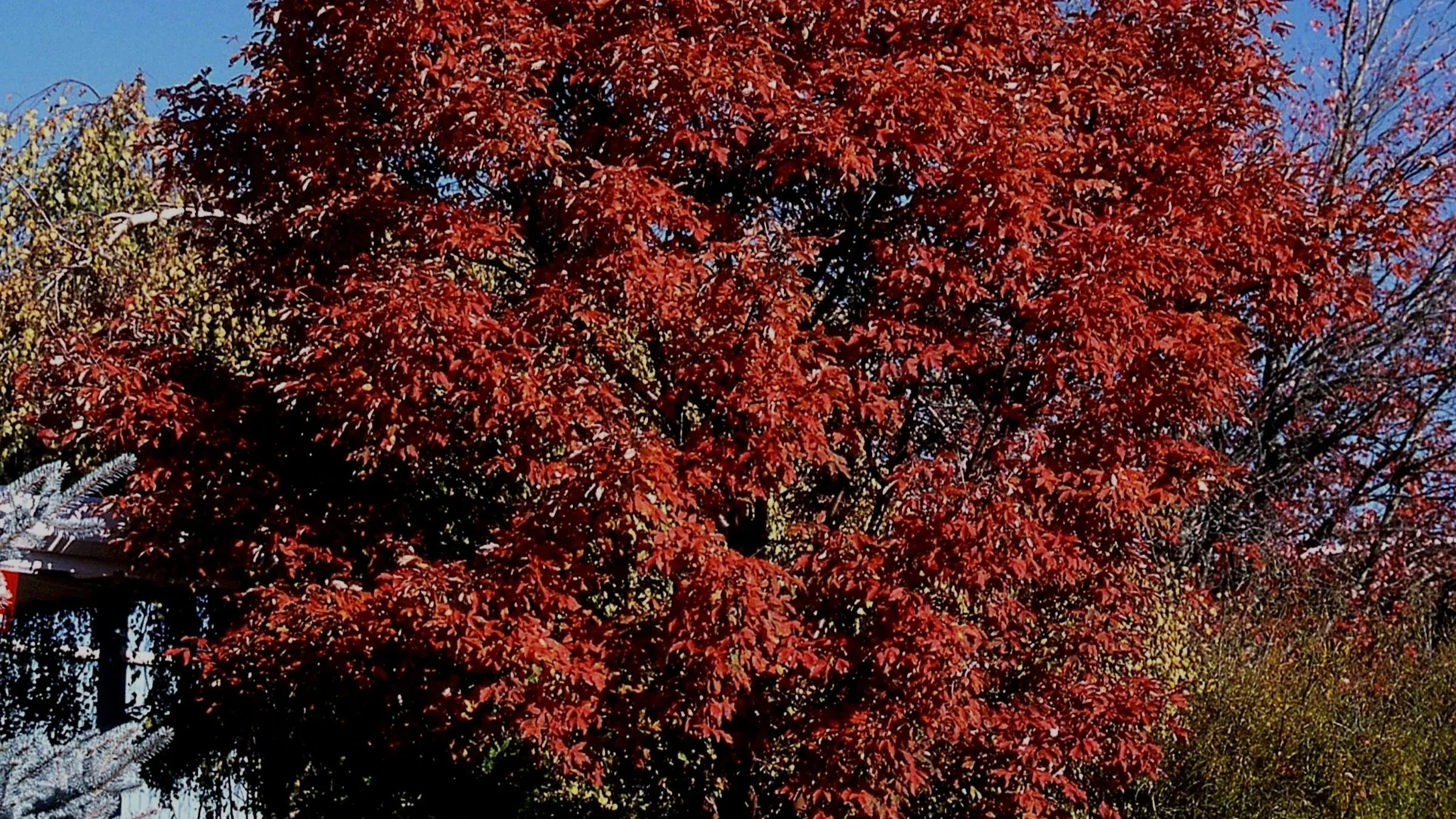What a strange year this has been. It feels like we have yet to experience summer. A couple of sunny days will come along, followed by several cool and wet days - this see-saw ritual has been going on since early May. But despite a conflicted weather pattern, my garden seems to be growing just fine. If anything I have had to water less often, which is a good thing. Hopefully August will bring us more consistent sunshine and early ripening of our warm season crops like tomatoes, peppers and cucumbers. Here are some thoughts to consider in what is normally high summer in the northwest:
PLANTING: Yes, contrary to popular belief, summer is an excellent time to plant. With careful attention to watering, you can be 100% successful. Shrubs, trees, perennials and annuals can all be planted now and do just fine. Nurseries have an amazing selection of plants in the summer ready for you to take home and adopt. Don’t be afraid to plant in the summer.
FERTILIZE: Plants need food, especially annuals, perennials and veggies. If your garden looks tired and off-color, chances are it needs to be fed. A soluble food like Grow More’s ‘Sea Grow’ (a semi-organic fertilizer like Miracle-Gro only better in my opinion) works almost instantly. If you are planting shrubs and trees, then a totally organic fertilizer is a better bet. Feed them and they will grow.
PRUNING: Yes, you can prune shrubs and trees in the summer, just do it with some degree of moderation. Thinning and “editing” is what you need to do, not whacking and hacking.
ROSES: Keep removing old blooms and fertilize every 6 weeks. Watch for mildew and chewing insects like grasshoppers, treat as needed. Roses will keep blooming into the fall if cared for properly.
BUGS AND DISEASES: Summer can bring us a host of issues in the area of bugs and diseases. Most plants can tolerate some degree of damage without causing any long terms effects. At the nursery we have a whole arsenal of remedies for whatever ails you, many of them natural and organic and some that are synthetic. We can help you choose the least toxic product to use. Be smart. As the WSU Extension says: “Target the pest and save the rest.”
LAWNS: Thanks to the cooler weather, lawns are still looking pretty good. August could change that very quickly, so at this point I would recommend watering one inch per week. Late August and all of September are the best times to plant a new lawn or resurrect an old one. At the very least, plan on throwing on some food near the end of the month.
VEGGIES, HERBS AND FRUITS: Be sure to harvest your veggies on a regular basis. Now is the time to do a second planting of crops like carrots, beets and lettuce. We should have transplants available later this month. Again, if your veggies are looking pale they probably need some food.
WATERING: It is recommended that we apply one inch of water a week, but for established shrubs and trees much less is needed. Water perennials, annuals, veggies and lawns 2 to 3 times a week, shrubs 1 to 2 times a month and trees only once per month. To save moisture and control weeds, keep applying mulch to the surface of your garden beds. Mulch is sort of the panacea that solves all sorts of garden problems.


